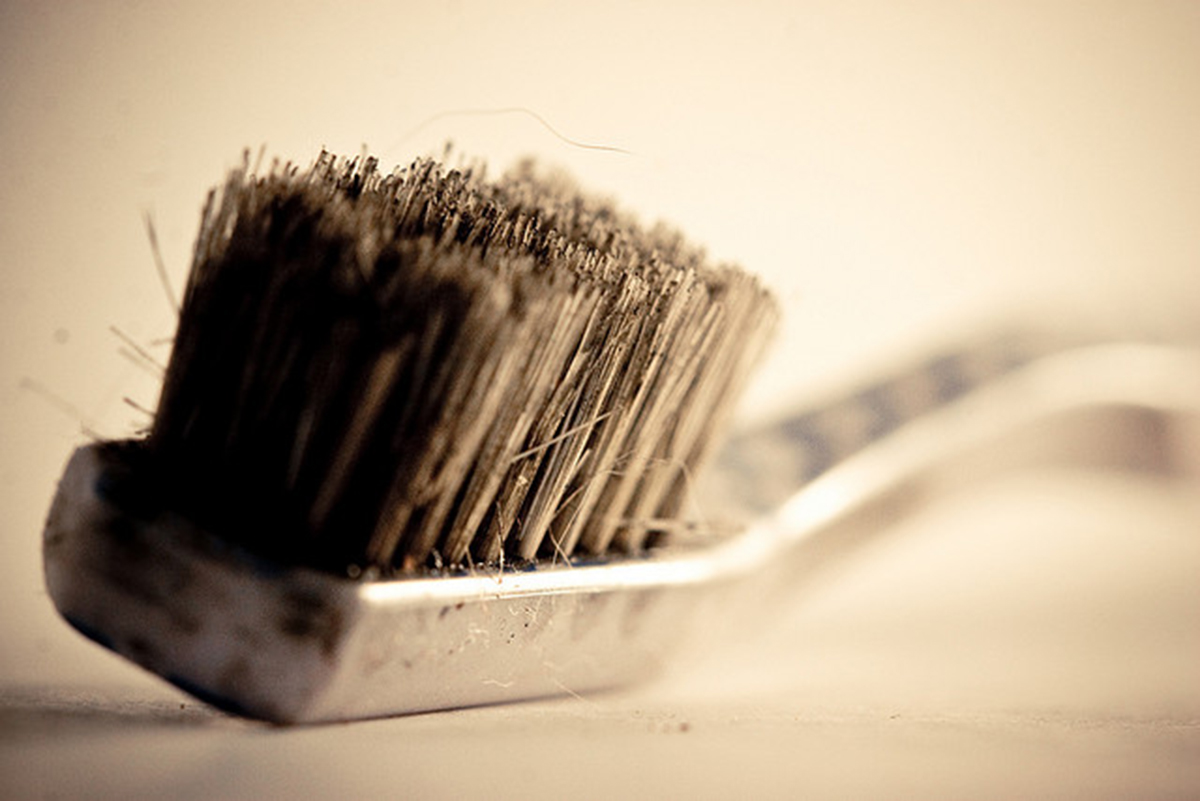Table of Contents
An estimated 10 trillion micro-organisms call your mouth home at any given time — and the mere fact that they are normally found in the human body does not mean that they are all non-disease causing either. Organisms that are benign in small numbers can turn nasty when they are numerous enough to overhwelm the immune system, causing destruction and releasing toxic products in the oral cavity.

Recent studies into the possible modes of infection transfer, niches where the micro-organisms can thrive and others about oral health have found a surprising culprit contributing to the growth and spread of oral micro-organisms. Your toothbrush.
Your Brush Is Teeming With Micro-Organisms!
Considering you use your brush to physically scrub off micro-organisms from the surface of your teeth on a daily basis, is it really any surprise that a lot of those bacteria get lodged onto the surface of your toothbrush? I guess not. You may not realize, however, that a combination of the design of your toothbrush and the manner in which you store it results in a situation where you may as well call your toothbrush a bacterial nursery.
The brush's bristles are place in close proximity to each other so that they clean the teeth efficiently, but this also means that disease-causing bacteria which cling onto the surface find a tiny, dark space with not much access to oxygen. Perfect for their growth. Also, your parents probably taught you to rinse off the toothbrush to clean it from a young age. When you're done rinsing, you put it in the toothbrush holder until the next time you use it. Right?
A large majority of us also store our brushes in a common toilet/bathroom area where other organisms can also get lodged onto your brush through aerosol transfer or being present in the environment. Some people are also in the habit of using small brush-head protectors — which is like a small plastic box which encases the brush head. While this may seem like something that offers protection from the environment, it actually worsens the problem greatly. The use of this protector prevents the brush from air drying slowly on its own and thus maintains the humidity for even longer. There is no justification for its use any more.
READ Impact Of Poor Dental Health
So if someone in your family is suffering from tooth trouble and you end up sharing their brush, there is a good likelihood that harmful organisms from their mouth will be transferred to yours. The same holds true for viruses, organisms that are present in the gingival bleeding (quite common among people with poor oral hygiene) and some communicable diseases. This is why the ADA absolutely warns against the sharing of toothbrushes.
- Photo courtesy of ivydawned: www.flickr.com/photos/ivydawned/4670376552/
- Photo courtesy of tinney: www.flickr.com/photos/tinney/2734437976/
- 1. http://www.ada.org/en/about-the-ada/ada-positions-policies-and-statements/statement-on-toothbrush-care-cleaning-storage-and-
- 2. Indian J Dent Res. 2011 Jan-Feb
- 22(1):2-5. doi: 10.4103/0970-9290.79965.
- Assessment of microbial contamination of toothbrush head: an in vitro study. 3. Contamination of a toothbrush with antibacterial properties by oral microorganisms. Journal Of Dentistry. April 2007 Volume 35, Issue 4, Pages 331–337

